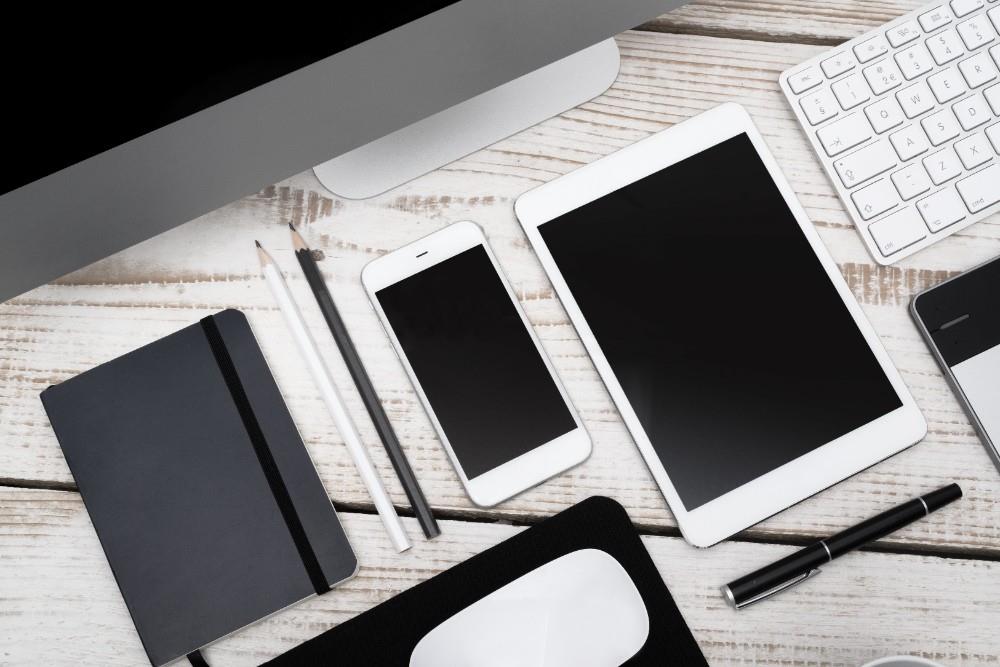Web Design Trends for 2022

January 04, 2022
The web design aspects that are never going away are data security, user-friendly navigation, and fast load should be a given on your web project. However, you can keep your site at the forefront of design and search engines by adding n
Website load time is very important
One of the most critical web design requirenments is fast load time. Quick loading have been essential factors in UX and SEO for years. It continues to be a top priority for websites that want to rank well and convert better.
Studies say that more than half of internet browsers expect a website to load fast and no more than two seconds after clicking a link. If it takes more than three seconds to load your site, your visitors most likely will leave, and it’s not likely they’ll be back ever again!
Google has announced that website speed (and, as a result, page speed) is one of the parameters used by its algorithm to rank web pages. And research has shown that Google might precisely measure time to the first byte as when it considers page speed. In addition to this, a slow page speed means that search engines can crawl fewer pages using their allocated crawl budget, which could negatively affect your indexation and SEO.
Web page speed is also important to user experience (UX). Pages with a longer load time tend to have higher bounce rates and lower average times on pages. Longer load times have also been shown to negatively affect conversions.
Black and white colour
Black and white colour schemes are the starkest and beautiful design trend of the year. Without colour, you really have to think about and design within constraints. While this might sound a little intimidating, it can be freeing and help jumpstart creativity. Plus, the results can be absolutely stunning.
Scrolling Elements
While you always want web page elements to be viewable, they can also be dynamic. Scrolling text or image elements – often using oversized dimensions, just a few words, and in a single location – can add emphasis to keywords and spark user interest.
Text scrolling often moves slowly across the screen two the left in a location that’s not overly busy. Outline typefaces are a popular option, and the key to maintaining readability is to use short, common words or phrases.
Home Pages Without Images
No photos? No problem! Make it without images, and you’ll be right on trend in 2022.
Use a different type of user interface or design elements to make the most of a home page without images. Oversized typography and a handwriting style typeface help pull it all together. A design without pictures is also an excellent opportunity to try other techniques as well, such as animations, hover states, or other interactive elements.


